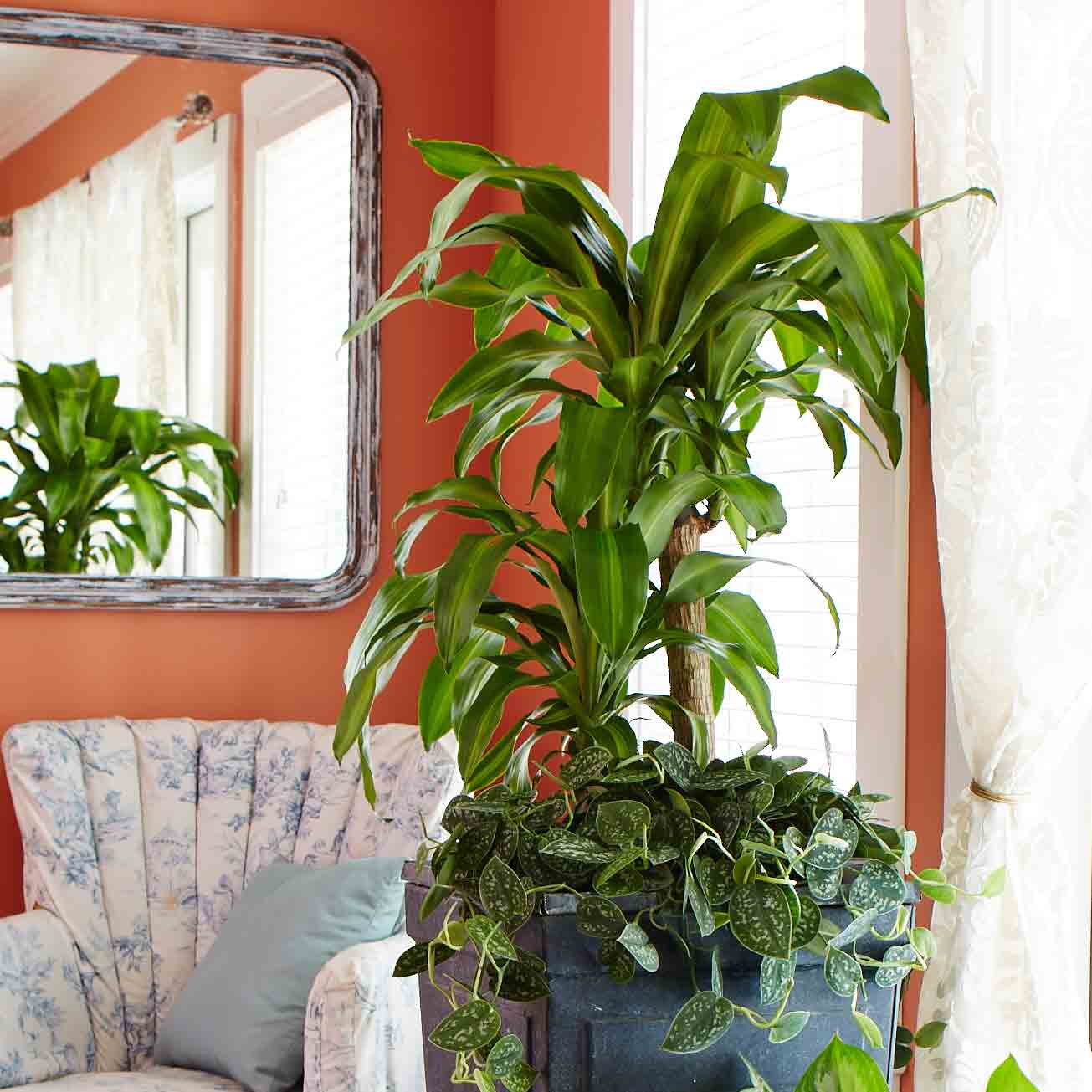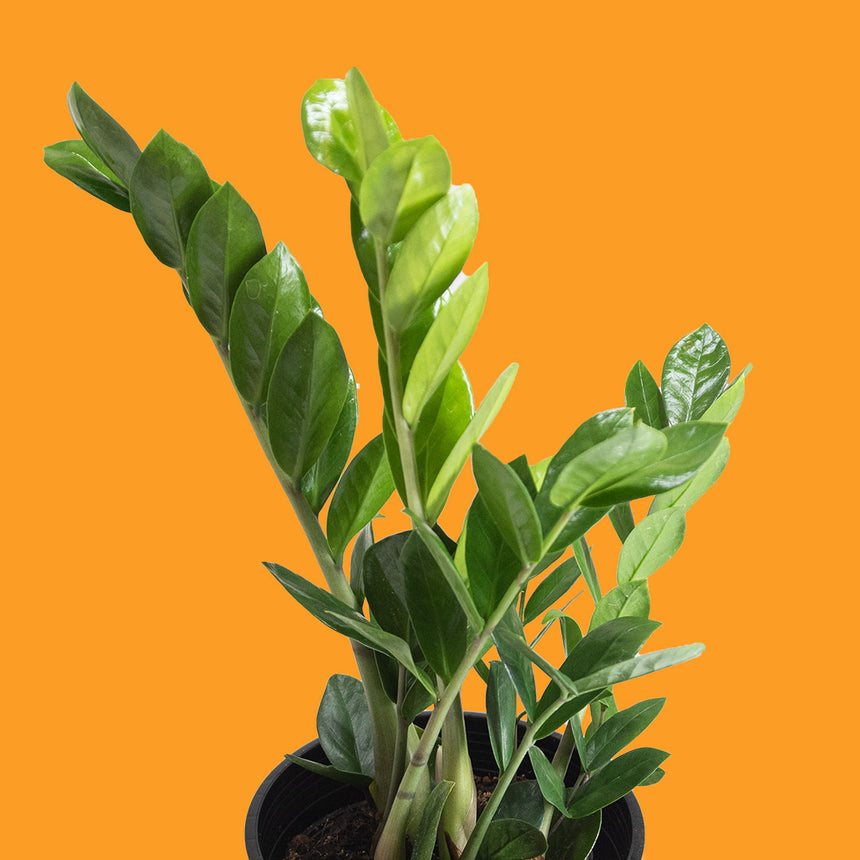Best Low-Light Indoor Plants for Creating a Relaxing and Green Environment
Best Low-Light Indoor Plants for Creating a Relaxing and Green Environment
Blog Article
Transform Your Home With Beautiful Low-Light Indoor Plants and Their Advantages
Integrating low-light interior plants into your home can dramatically enhance both the visual and environmental top quality of your home. These plants, which flourish in dark problems, serve not only as decorative aspects yet also as all-natural air cleansers, making them optimal for city residents or those with limited sunshine direct exposure. As we explore the different sorts of low-light plants and their benefits, you might locate shocking ways to incorporate them right into your home that can transform your surroundings in ways you could not have actually prepared for.
Advantages of Low-Light Plants
Low-light plants provide various advantages for indoor environments, making them an outstanding option for both beginner and skilled gardeners. Among the main benefits is their flexibility to low-light problems, allowing people to improve their home without the need for considerable sunshine exposure. This particular makes them suitable for houses, workplaces, and other areas with minimal all-natural light.

Additionally, including low-light plants right into home decoration can raise the aesthetic charm of an area. Their rich foliage and varied structures develop a relaxing ambience, adding to total health. The existence of greenery has been connected to lowered stress and anxiety levels and enhanced productivity, making low-light plants a useful option for improving both mental and physical health and wellness in indoor settings.
Leading Low-Light Indoor Plants
While numerous interior plants flourish in intense light, several varieties are specifically well-suited for low-light conditions, making them optimal for different indoor areas. One prominent selection is the Snake Plant (Sansevieria), known for its striking upright leaves and durability, needing very little treatment. Another superb choice is the Pothos (Epipremnum aureum), which includes heart-shaped leaves and can route beautifully from shelves or wall mounts, thriving in reduced light and including a lavish touch.
The ZZ Plant (Zamioculcas zamiifolia) is celebrated for its glossy fallen leaves and ability to withstand disregard, making it ideal for hectic way of lives. The Peace Lily (Spathiphyllum) not only tolerates reduced light but also generates stunning white blooms, enhancing any kind of area's visual.
For a special touch, consider the Cast Iron Plant (Aspidistra elatior), which without a doubt meets its name, growing in the darkest corners of your home. Finally, the Chinese Evergreen (Aglaonema) uses a variety of fallen leave patterns and shades while being remarkably forgiving in low-light problems. These plants not only beautify indoor environments however also contribute to air filtration, enhancing your space.
Treatment Tips for Low-Light Plants

Watering practices are essential; these plants often favor somewhat completely dry conditions. Overwatering can result in root rot, so make sure that the top inch of dirt is dry before sprinkling once again. Use pots with water drainage holes to permit excess dampness to get away.
Humidity is an additional vital factor. Many low-light plants, such as ferns and tranquility lilies, benefit from greater humidity levels. To increase humidity, take into consideration misting the fallen leaves or placing a tray of water near the plants.
Fertilizing should be come close to with care. Throughout the expanding season, use a diluted, balanced fluid plant food every month to support growth, but prevent feeding throughout the inactive cold weather.
:max_bytes(150000):strip_icc()/low-light-conditions-houseplants-1902917-834ee8847a324939b796845a6bc22d36.png)
Imaginative Ways to Display Plants
Indoor plants can act as fascinating centerpieces in any kind of area, boosting both visual allure and setting. Imaginative displays can elevate the aesthetic influence see it here of low-light plants, making them an integral part of your home decor. One effective method is to use tiered plant stands, which permit you to display numerous plants at differing elevations while making best use of flooring room.
Hanging planters are an additional cutting-edge choice, developing a feeling of depth and drawing the eye up. Take into consideration macramé wall mounts or wall-mounted shelves to introduce a special appearance and design.
For an extra organized technique, usage geometric terrariums or glass containers to house your plants, adding a contemporary touch to your indoor garden. You can likewise repurpose classic products, such as teacups or wood dog crates, for a diverse display that mirrors your individuality.
Enhancing Home Atmosphere With Plants
Integrating low-light plants right into your home not only enhances aesthetic charm but additionally adds substantially to the general ambiance. These plants work as natural decor components, presenting a feeling of serenity that can transform any room. The visibility of plant promotes a soothing atmosphere, which is particularly helpful in high-stress atmospheres such as home workplaces or living areas.
Low-light plants, such as serpent plants, pothos, and ZZ plants, are not just cosmetically pleasing but likewise boost indoor air high quality by filtering contaminants. This dual feature improves the atmosphere better, developing a healthier living room (Best low-light indoor plants). The strategic positioning of these plants can also affect the perception of area; for example, high plants can draw the eye upwards, making ceilings show up higher and areas a lot more large
Moreover, differing textures and shades of foliage include depth to indoor design, enabling innovative expression in home styling. Whether positioned on shelves, in corners, or as focal points, low-light plants can raise the mood of any area. In summary, integrating these plants right into your home is an efficient method to foster a cozy, inviting ambience while profiting of enhanced air top quality and go to these guys visual flexibility.
Verdict
Integrating low-light indoor plants right into home settings provides various advantages, consisting of improved aesthetic allure and enhanced air quality. These resistant plants, such as the Serpent Plant and Peace Lily, require marginal light and upkeep, making them appropriate for diverse lifestyles.
While numerous indoor plants flourish in my sources brilliant light, a number of types are especially appropriate for low-light conditions, making them perfect for different indoor areas. One efficient technique is to use tiered plant stands, which allow you to display multiple plants at differing elevations while optimizing floor room.
Low-light plants, such as snake plants, pothos, and ZZ plants, are not only visually pleasing however likewise improve indoor air top quality by filtering system toxins. Best low-light indoor plants. The critical positioning of these plants can likewise influence the assumption of room; for instance, tall plants can attract the eye up, making ceilings appear higher and spaces a lot more roomy
These resilient plants, such as the Serpent Plant and Peace Lily, need minimal light and upkeep, making them suitable for diverse lifestyles.
Report this page